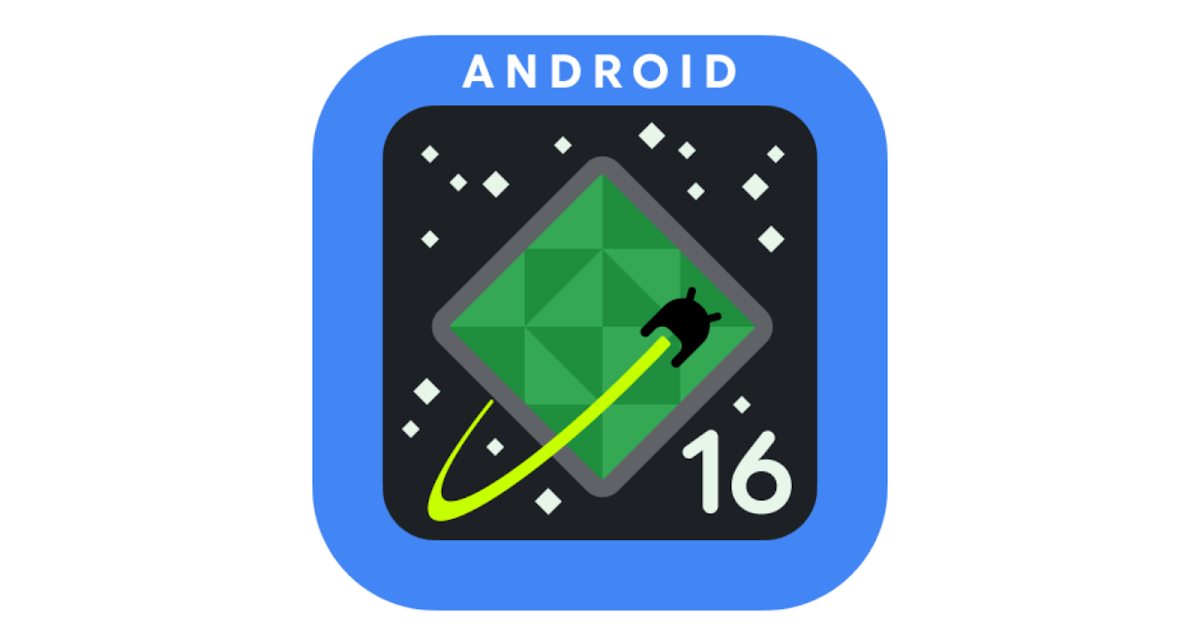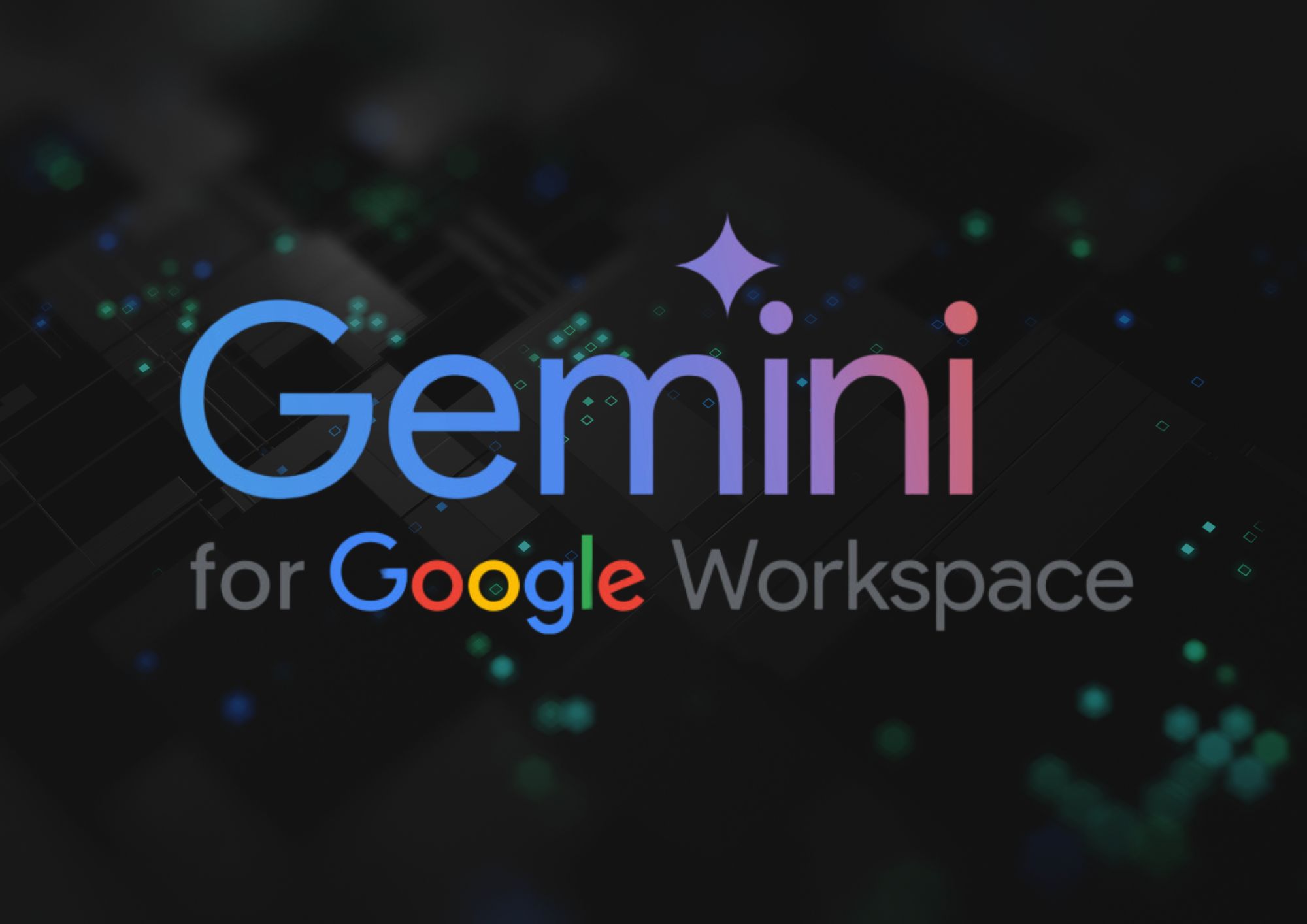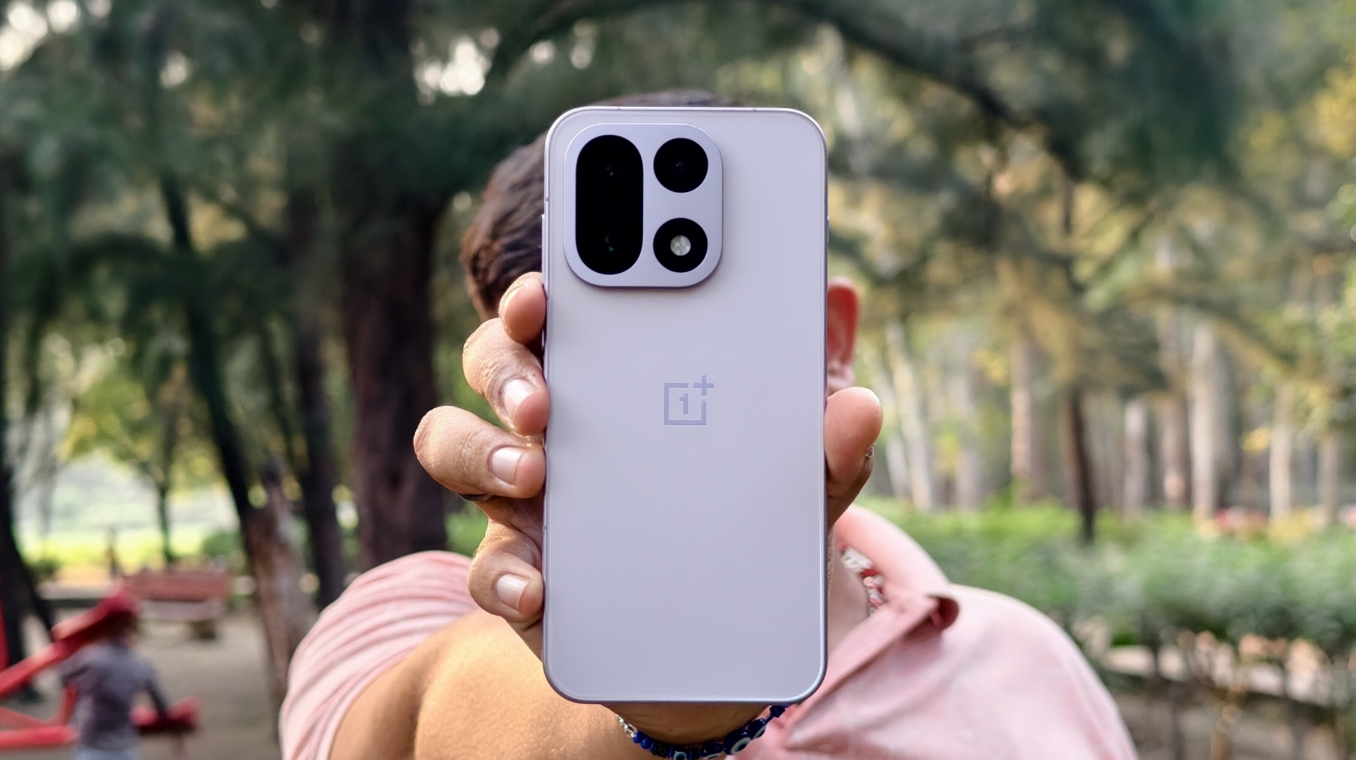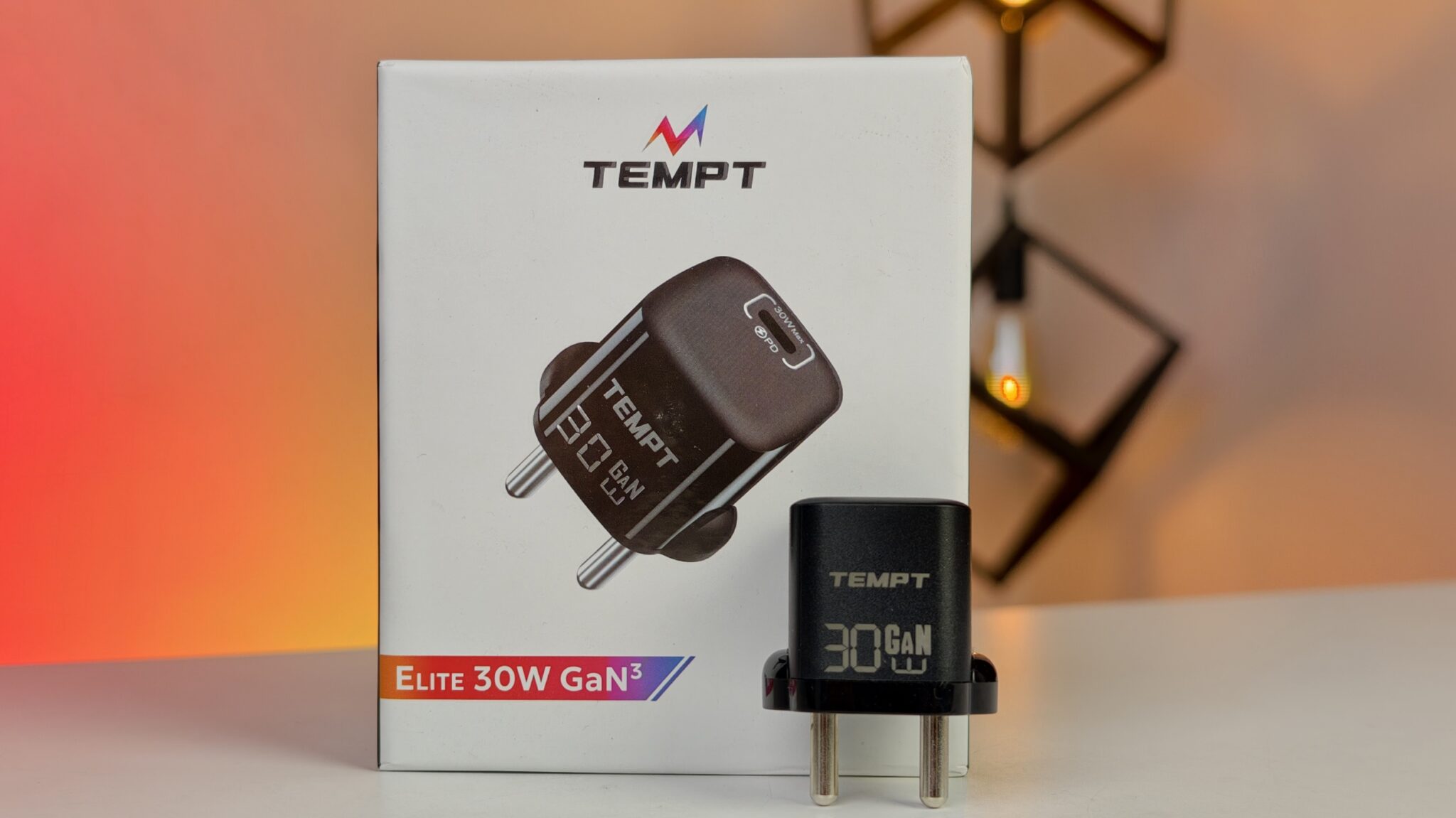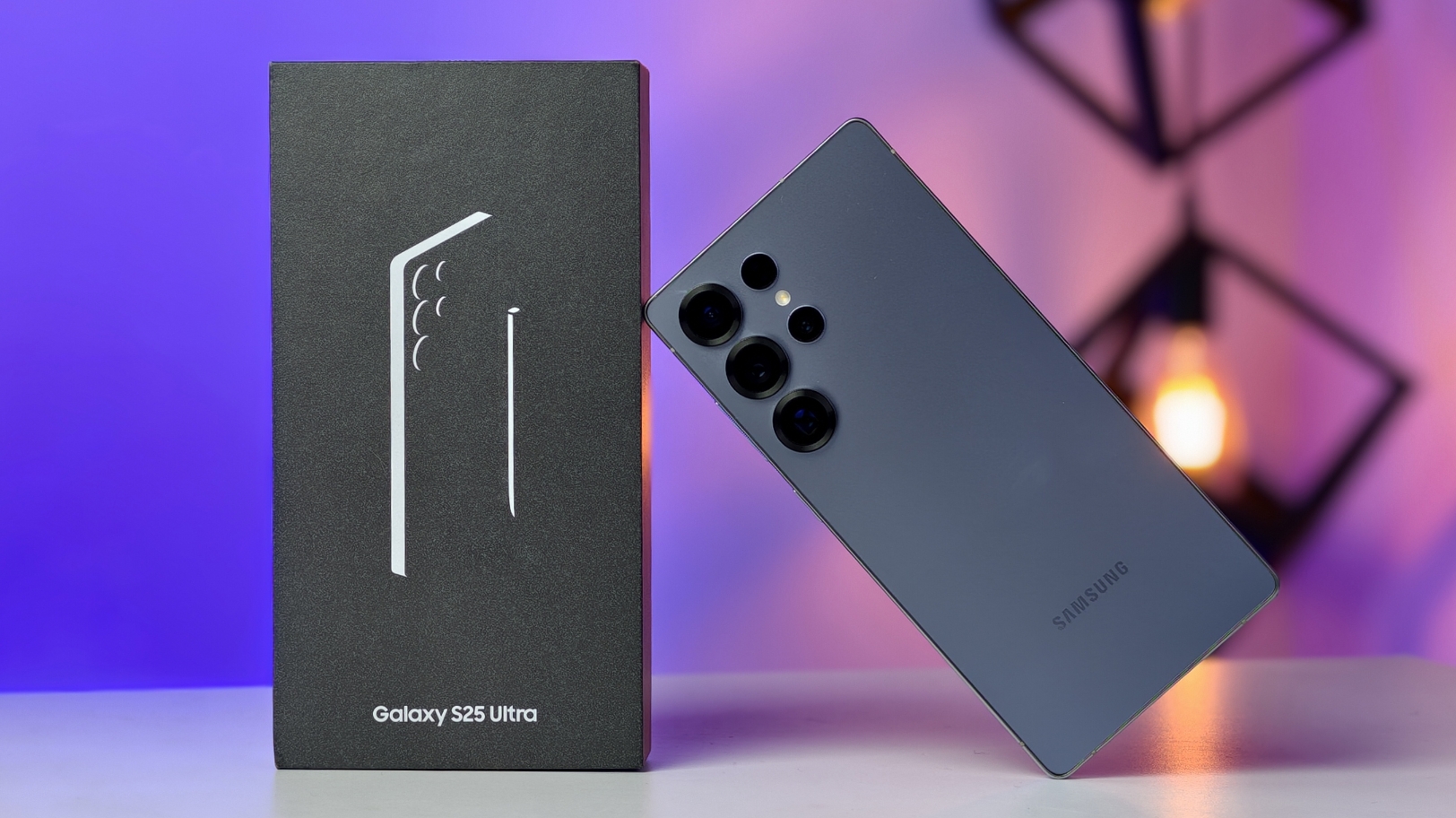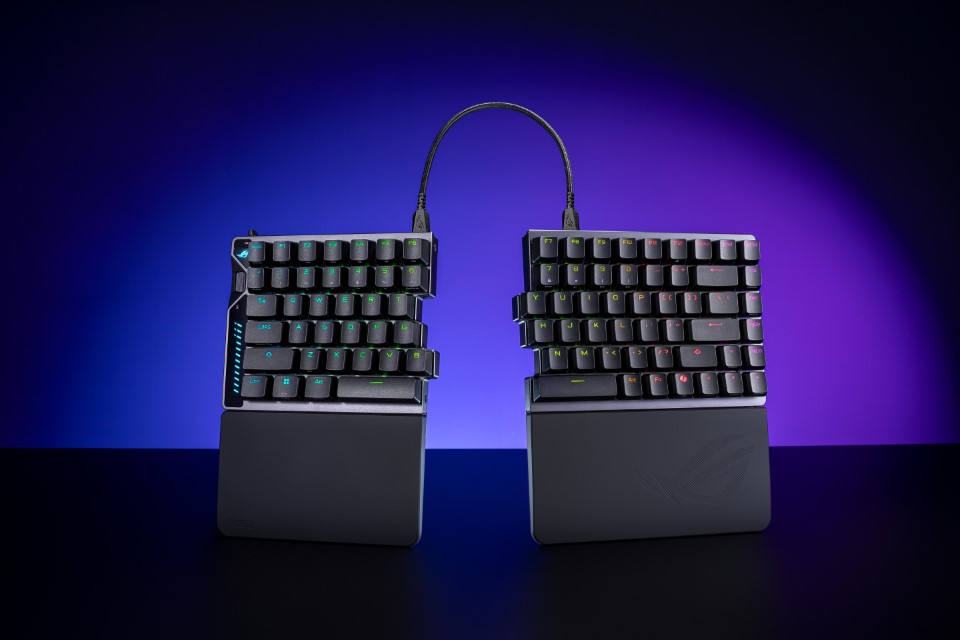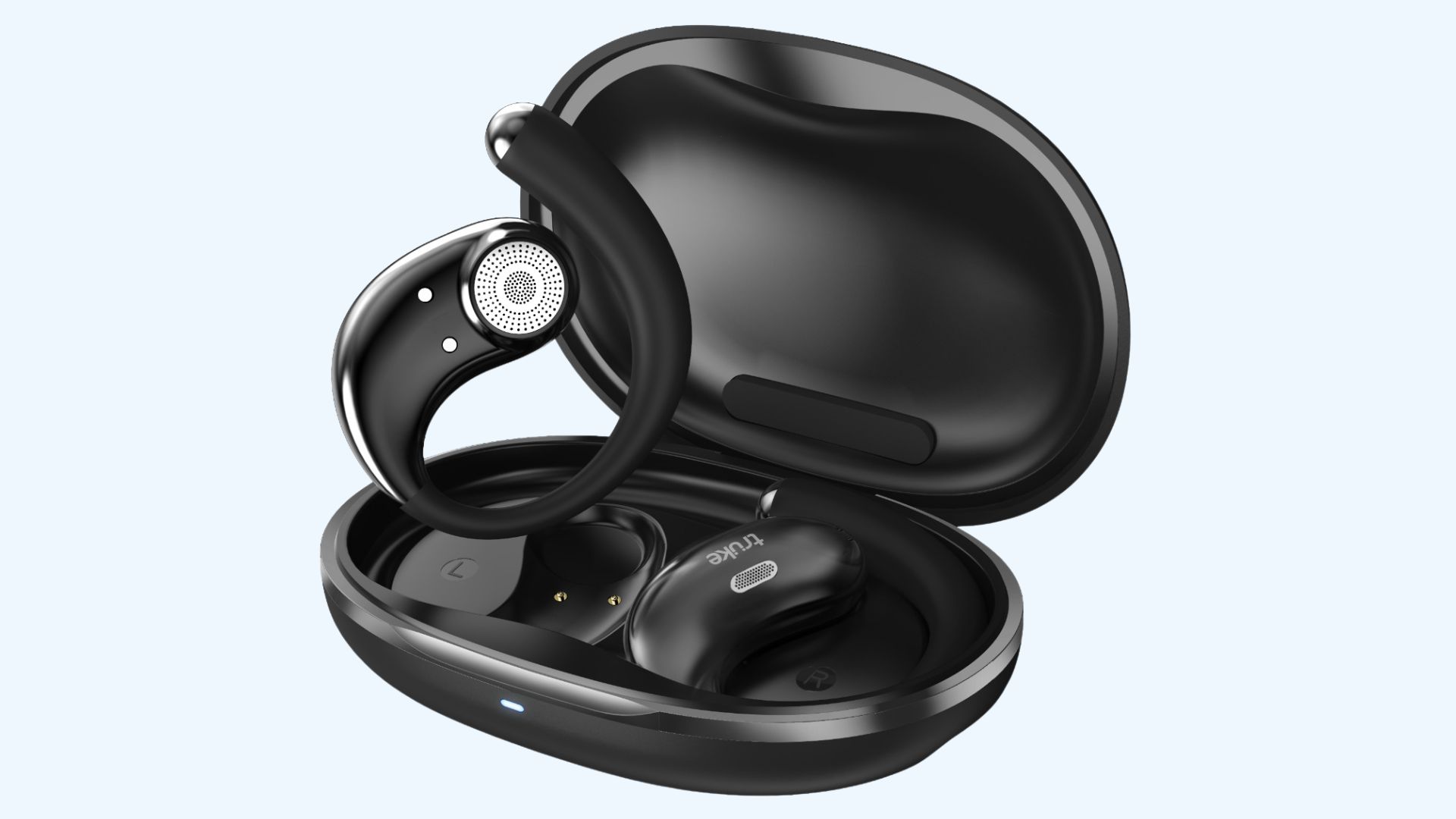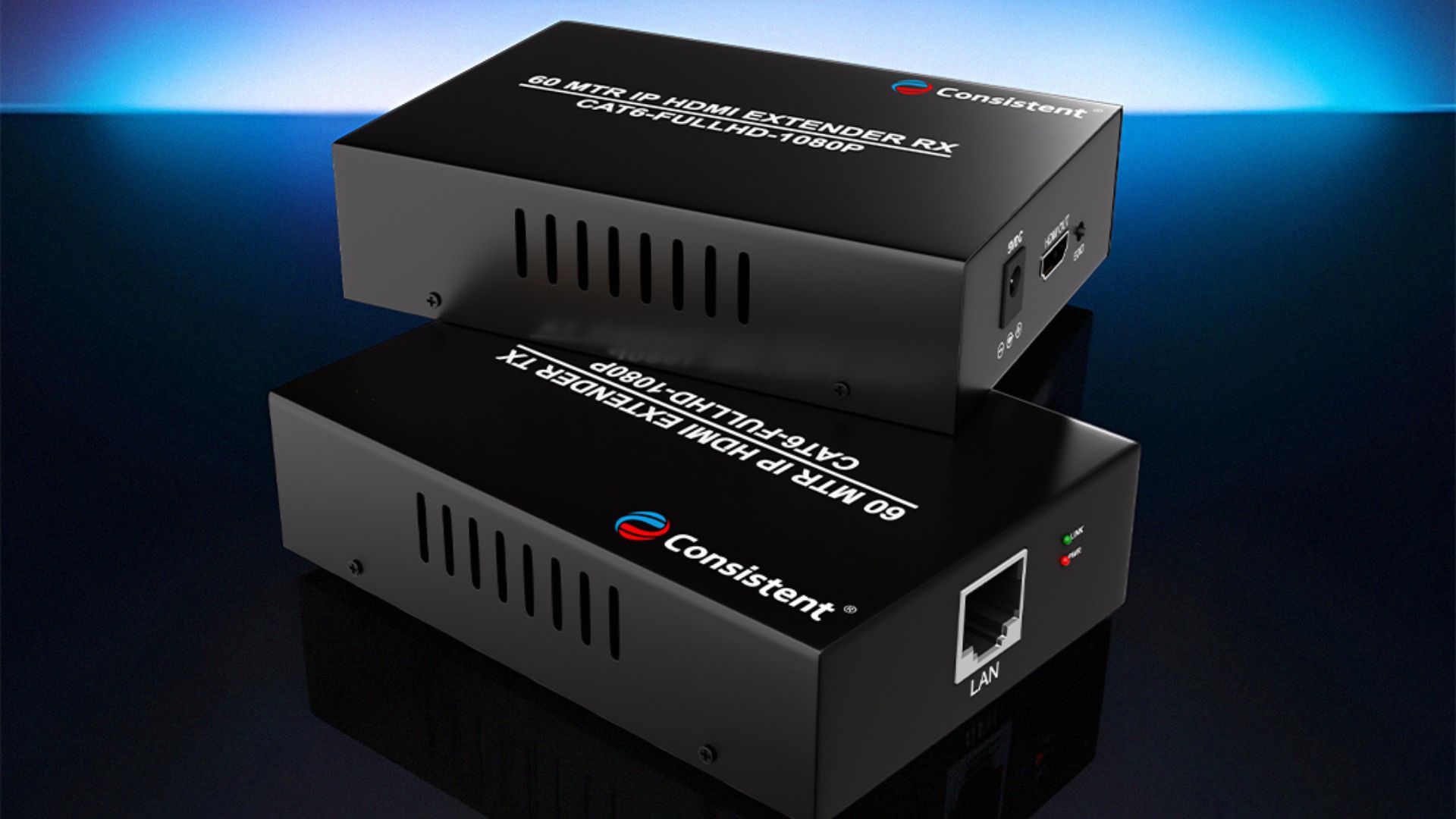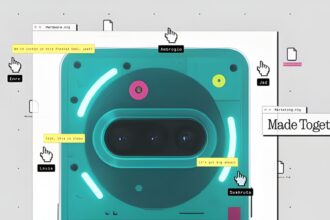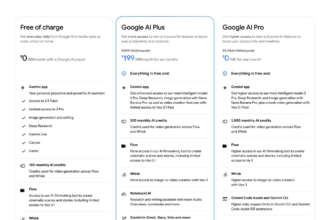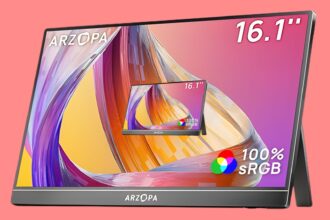Google has just released Android 16 Beta 3.1, a minor but significant update aimed at enhancing the performance and stability of its upcoming operating system. This latest beta iteration focuses on delivering a smoother user experience, particularly for Pixel device owners enrolled in the Android Beta Program. The update addresses several critical bugs reported in the previous Beta 3 release, including persistent crash issues and performance hiccups.
This rapid follow-up to Beta 3, which landed just five days prior, signals Google’s commitment to refining Android 16 based on early user feedback. The company appears keen to iron out any wrinkles before the anticipated stable release, likely coinciding with Google I/O in May. While a smaller update in size, clocking in at under 8MB, Beta 3.1 tackles some of the most frustrating issues encountered by beta testers.
Key Fixes in Android 16 Beta 3.1
The official release notes highlight four primary areas of improvement:
- Settings App Crash Resolved: A significant issue causing the system Settings app to repeatedly crash upon launch, particularly when the system language was set to something other than English, has been resolved. This bug, tracked internally as Issue #403303683, rendered the settings menu inaccessible for affected users, severely impacting their ability to customize their devices. Beta testers can now breathe a sigh of relief as this fundamental flaw has been addressed.
- Screen Brightness Oscillation Fixed: Another vexing problem involved the screen brightness fluctuating erratically between the brightness level specified by an app and the automatic, system-defined, or user-selected brightness. This constant oscillation, identified as Issue #392522561, created a distracting and inconsistent visual experience. Beta 3.1 aims to put an end to this visual anomaly, providing a stable and predictable display brightness.
- Excessive Battery Drain Tamed: Performance issues leading to excessive battery drain due to high CPU load have also been targeted in this update. Many beta users reported a noticeable dip in battery life after installing Beta 3. This fix suggests Google has identified and resolved underlying processes consuming excessive processing power, leading to improved power management and longer battery endurance.
- Memory Leaks Addressed: The update also includes a fix for a performance issue that sometimes caused memory leaks within the system server. Memory leaks can gradually degrade device performance, leading to sluggishness and eventual crashes. By resolving these leaks, Beta 3.1 promises a more responsive and stable system over extended usage periods.
Pixel Performance Focus
While the release notes don’t explicitly mention broad “Pixel performance” improvements beyond the bug fixes, the nature of these fixes directly contributes to a better overall experience on Pixel devices. Addressing battery drain, system crashes, and memory leaks are crucial steps in optimizing device performance. Users can expect their Pixel phones running Android 16 Beta 3.1 to feel more responsive, stable, and power-efficient.
This update arrives on the heels of other recent performance-focused updates for Pixel devices. Just last week, Google rolled out kernel updates for older Pixel phones (Pixel 6 series onwards), bringing them to the Linux 6.1 kernel, the same version powering the newer Pixel 9 series. This low-level upgrade has reportedly resulted in performance gains and improved battery life for those older devices. The combination of these kernel updates and the specific bug fixes in Android 16 Beta 3.1 suggests a strong emphasis on delivering a refined experience across the Pixel lineup.
Availability and Installation
Android 16 Beta 3.1 is currently rolling out as an over-the-air (OTA) update to all eligible Pixel devices enrolled in the Android Beta Program. This includes all Pixel phones, tablets, and foldables from the Pixel 6 to the present models. Users already participating in the beta program should receive a notification prompting them to install the update.
For those who haven’t yet joined the beta program but own a compatible Pixel device, they can opt-in through the Android Beta for Pixel website. Once enrolled, the update should appear in the device’s system update settings within 24 hours. To manually check for the update, users can navigate to Settings > System > Software update > System update and tap “Check for updates.”
Google notes that while Beta 3.1 addresses the aforementioned critical issues, other known issues present in the Beta 3 release still persist. The company encourages beta testers to continue providing feedback through official channels to help further refine the operating system before its final release.
A Sign of an Accelerated Development Timeline
The swift release of Beta 3.1, just days after Beta 3, underscores the accelerated development timeline for Android 16 this year. With the Platform Stability milestone recently achieved in Beta 3, Google is now in the final stages of bug fixing and polishing. This rapid iteration suggests the company is taking user feedback seriously and is working diligently to deliver a stable and high-performing Android 16 to the public.
The fixes included in Beta 3.1 are not flashy new features, but they are fundamental to a positive user experience. Resolving crashes, improving battery life, and ensuring consistent system behavior are crucial for making Android 16 a reliable and enjoyable operating system for Pixel users and eventually, the wider Android ecosystem. This latest beta update is a welcome sign that Google is on the right track to delivering a polished and performant Android 16.
While Beta 3.1 addresses some key pain points, the Android 16 beta journey is not over yet. Google is expected to release further beta updates in the coming weeks, likely including Beta 4, before the final stable version is released. Beta testers should remain vigilant for new issues and continue to provide valuable feedback to help shape the final product. The focus on stability and performance in this latest update indicates that Google is prioritizing a smooth and reliable experience for Android users.


